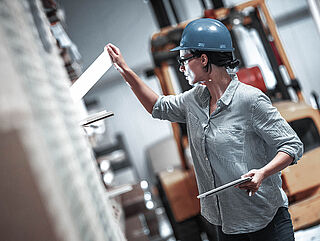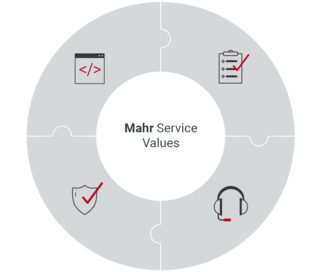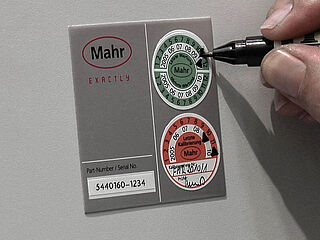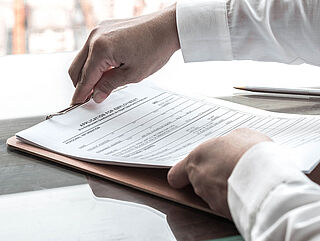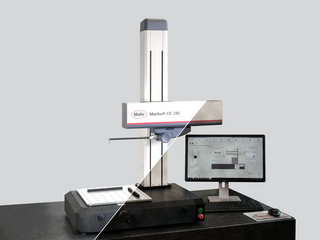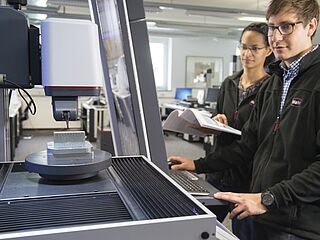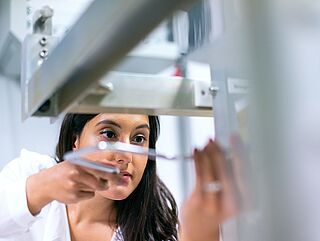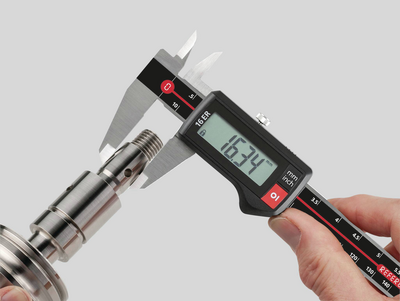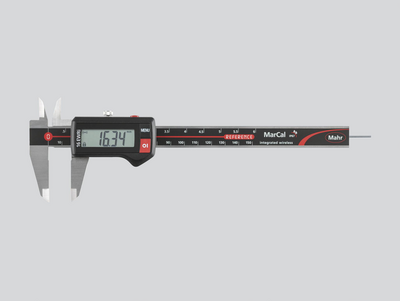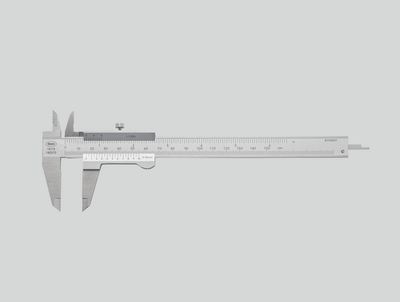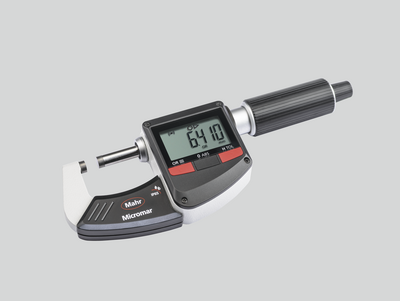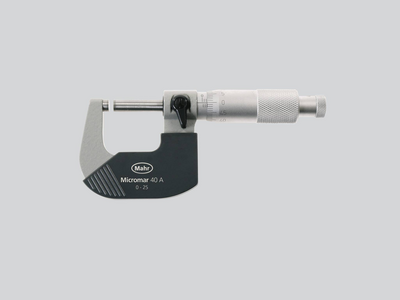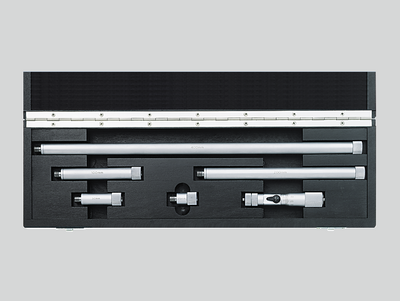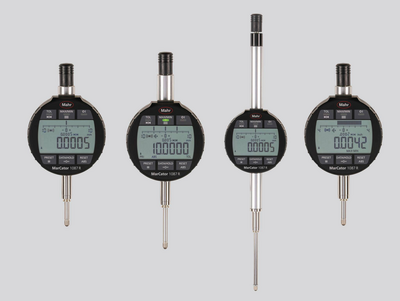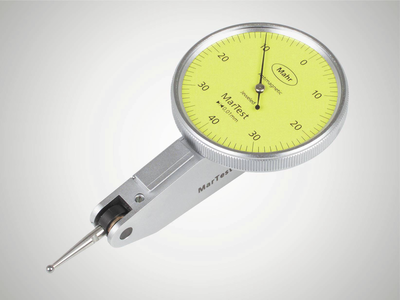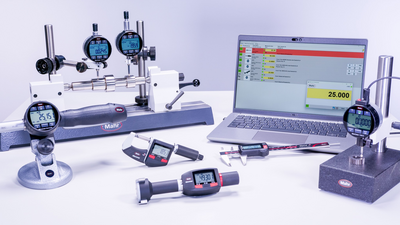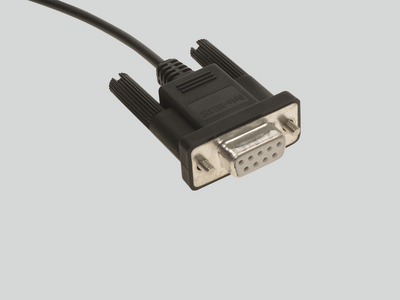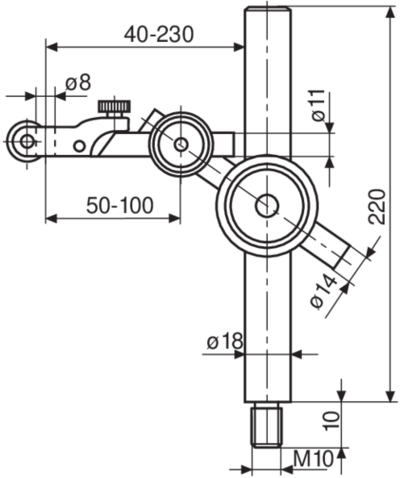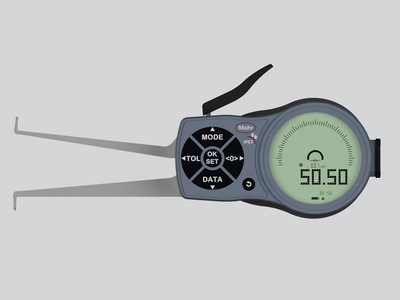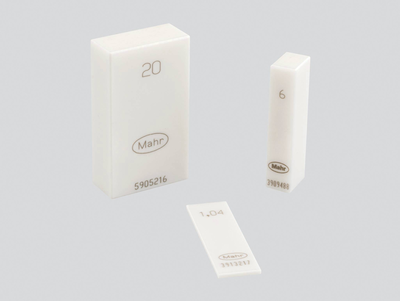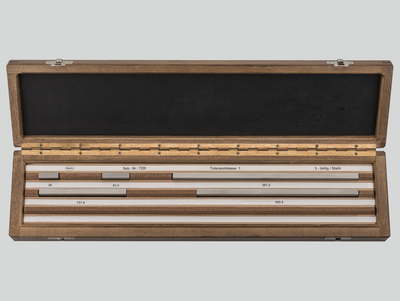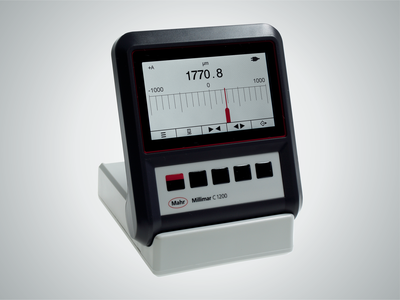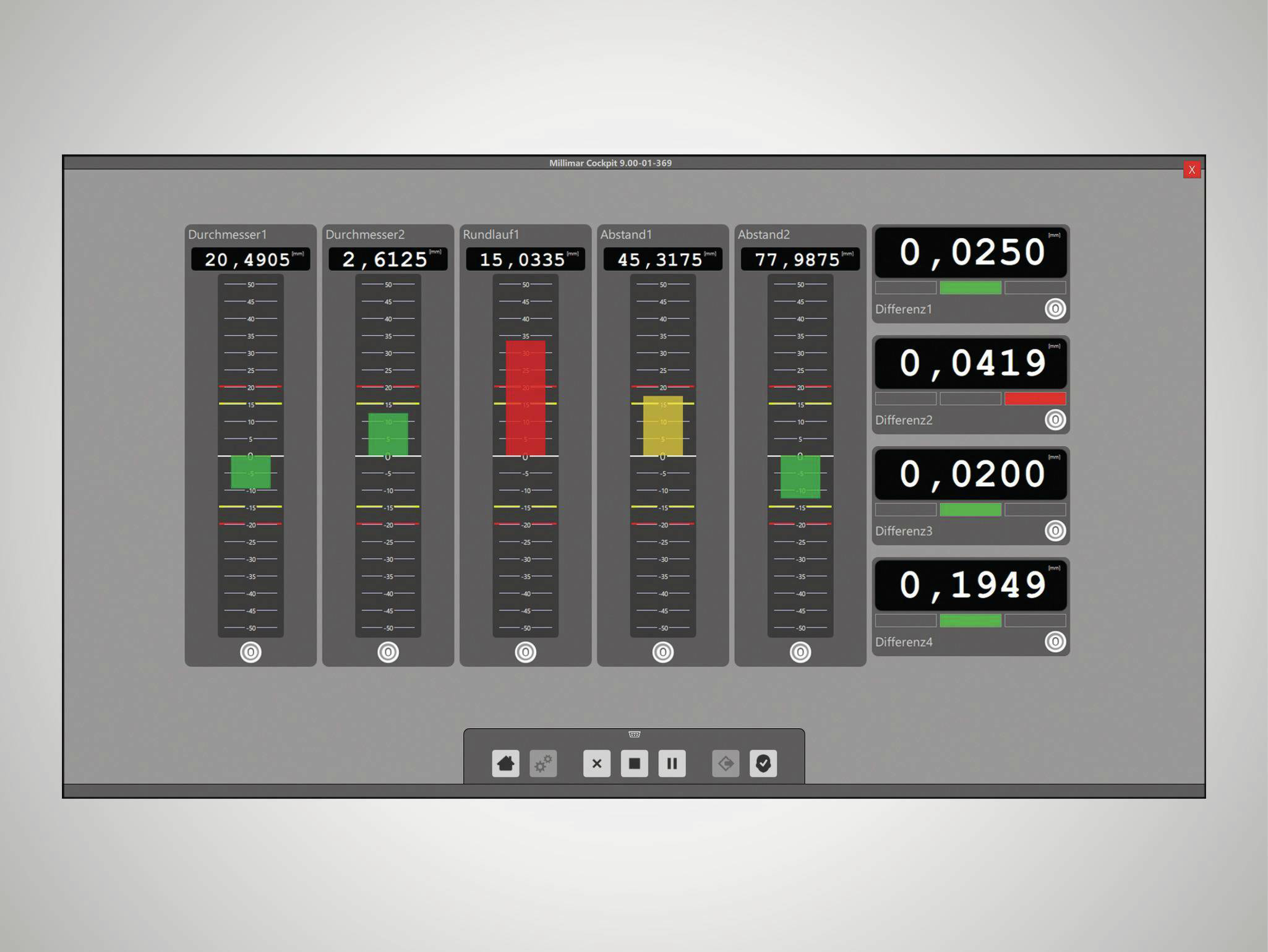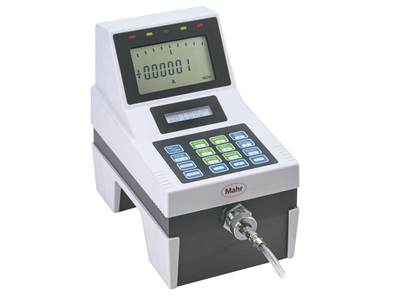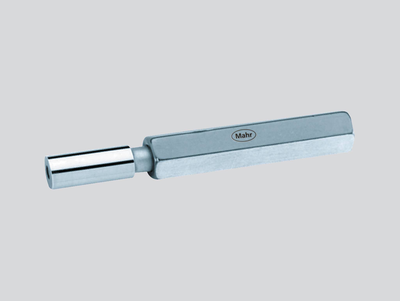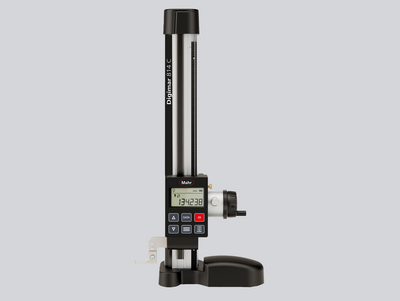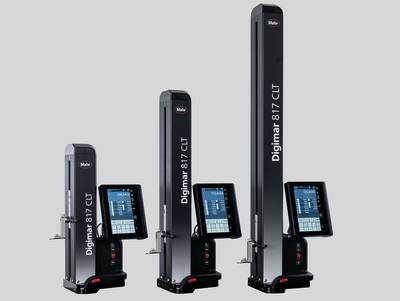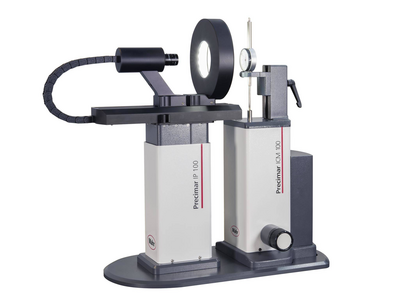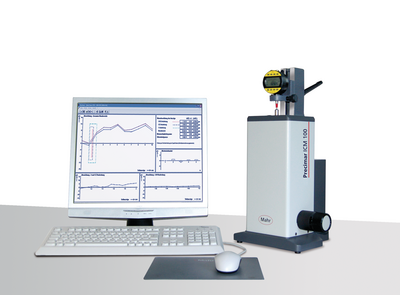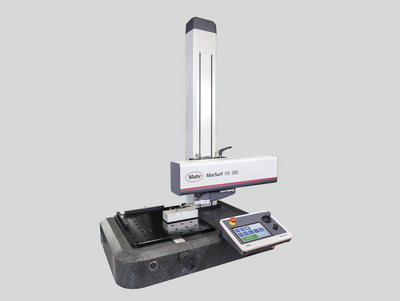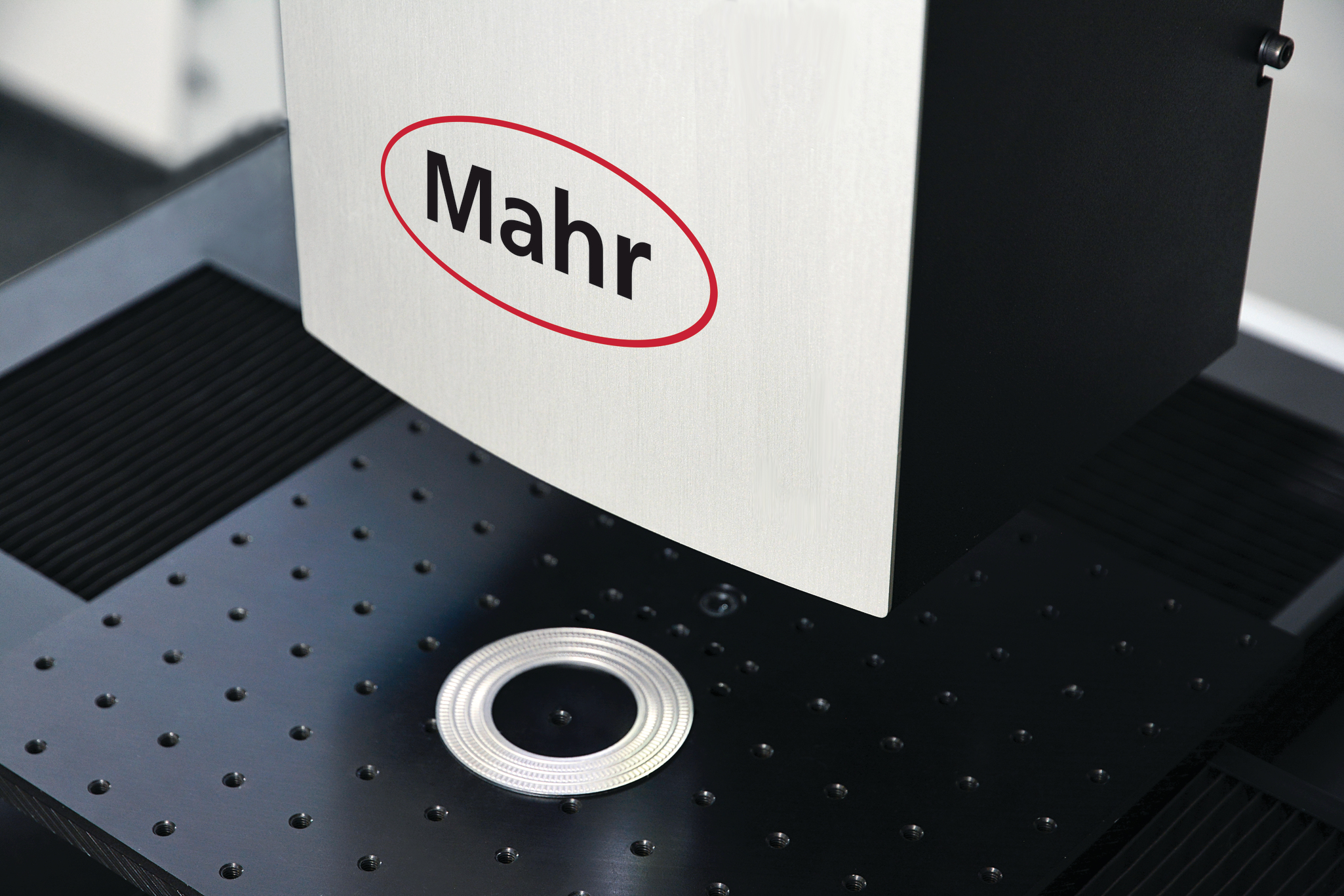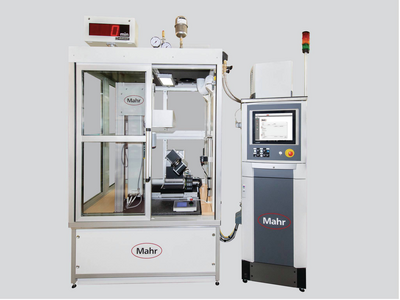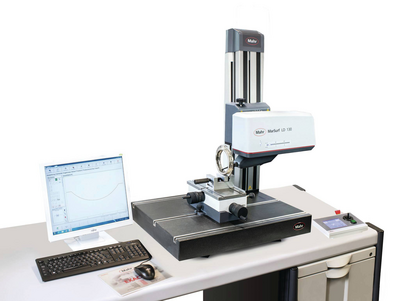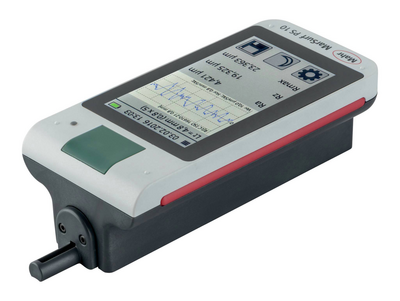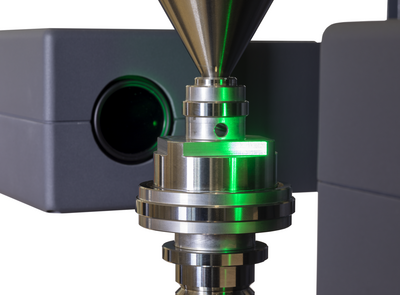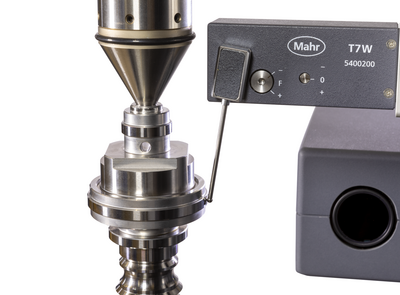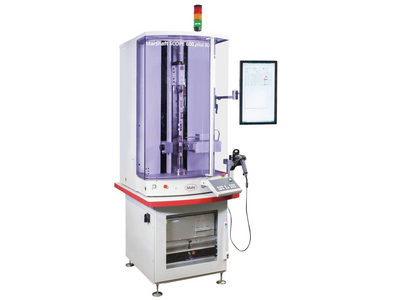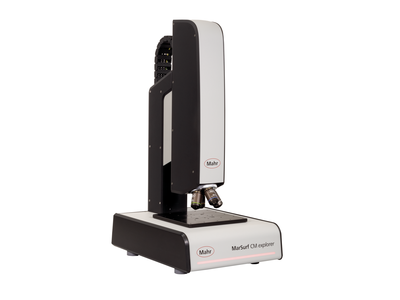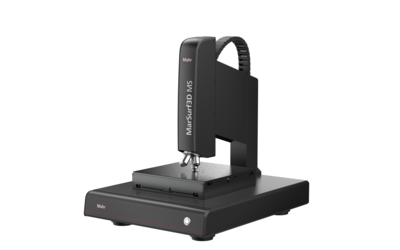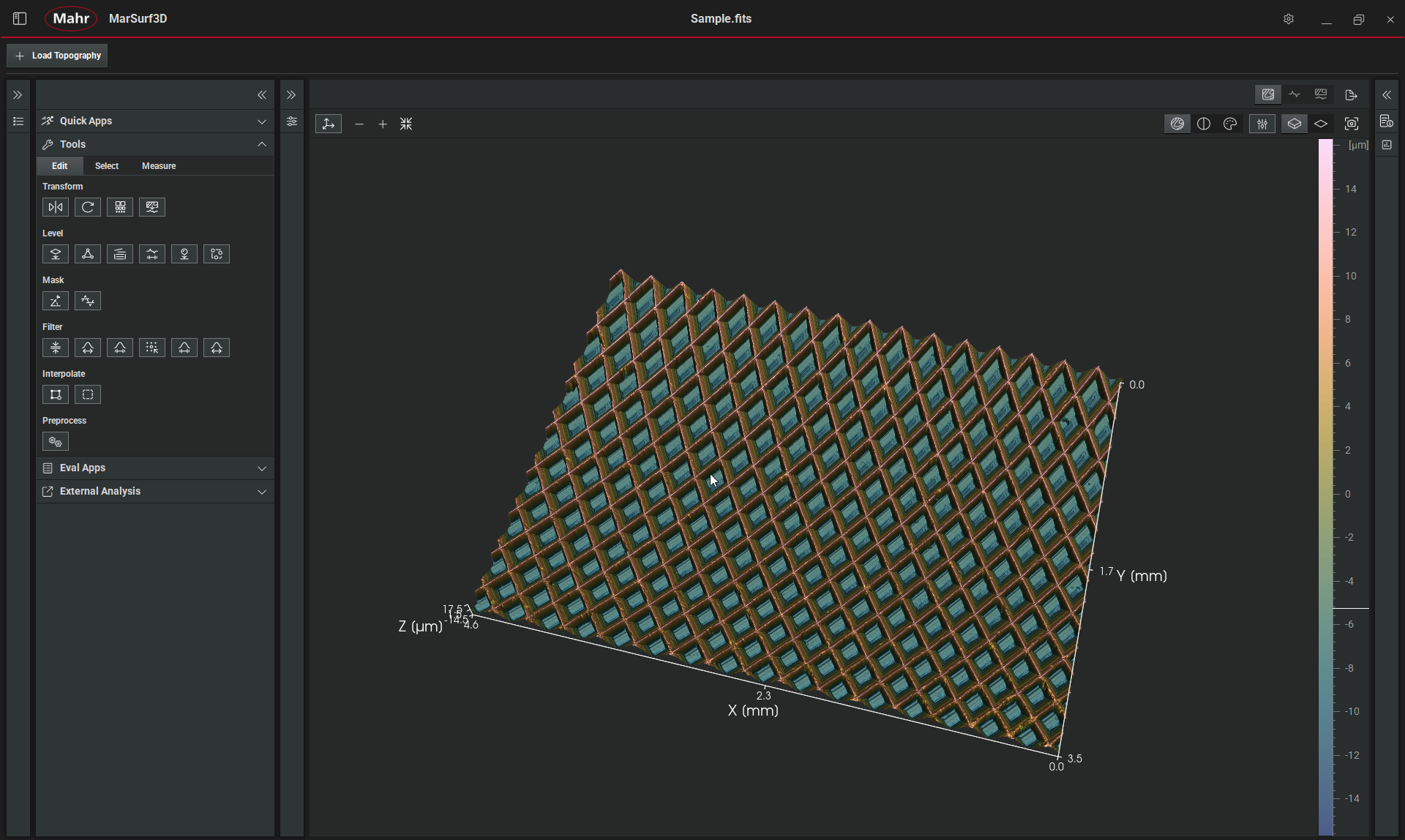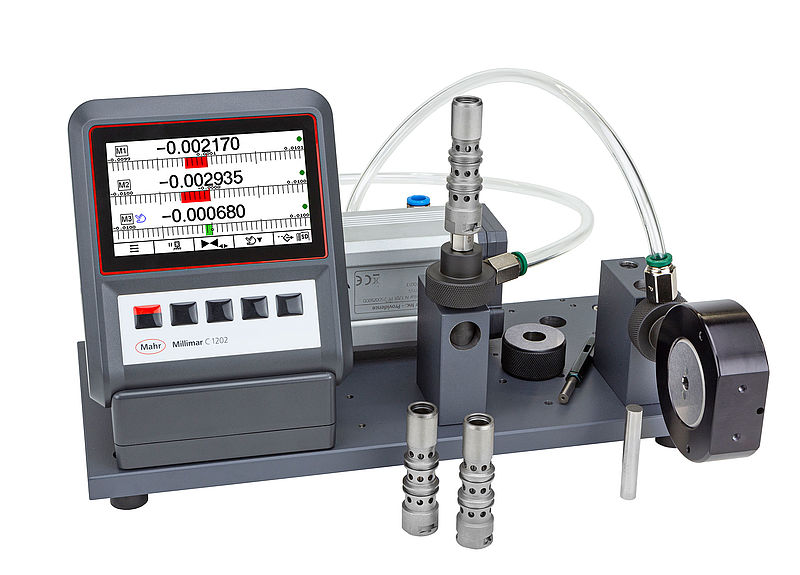It is highly adaptable to measuring special features for both dimensional and geometric tolerances, ranging from simple IDs and ODs to taper, flatness, and runout. With different tooling readily installed on the gage display unit, it can be highly economical. And as a non-contact form of measurement (in the sense that there are no hard contacts), air gaging is useful for measuring delicate or flexible surfaces, and for monitoring the stability of continuous processes such as drawing and extruding.
Once the decision has been made to use air, the user can choose between three basic types of gages, each operating on a different principle. These are: the flow system; the differential pressure or balanced system; and the back-pressure system.
In older flow-type gages, air flows upward through a graduated glass column containing a float. Exiting the column, it flows through a tube to the tooling, where it exits through precision orifices or jets. Flow increases with clearance between the jets and the workpiece. When clearance is large, air flows freely through the column and the float rises. When clearance is small, air flow decreases, and the float descends. Flow systems are not very popular in production environments, because they do not readily provide high magnification, and tend to be sensitive to clogging.
The other types of air gages measure pressure, not flow. As clearance between the jets and the workpiece increases, pressure decreases. In the back-pressure system, both the pressure meter itself and the bleed (i.e., zeroing circuit) are "tee ‘ed" off of a single airline - at the end of which is the tooling. Back-pressure systems are often called "dual master" systems: with a relatively short range of linearity, two masters are required to set the upper and lower tolerance limits.
In the differential system, the line is split into two legs. The bleed is at the end of one leg; the tooling is at the end of the other; and the bellows-type meter is located between the two legs. When pressure in both legs is equal, the meter is centered at zero. When a change in distance between the tooling and the workpiece causes pressure in the measuring leg to increase or decrease, the bellows reacts accordingly, and this is reflected on the meter. Differential systems offer linear response over a relatively long range: a single master is therefore sufficient to establish the zero point and still assure excellent accuracy on both the plus and minus sides.
Both differential and back-pressure systems are very well suited to production gaging applications, for different reasons. Differential systems are capable of higher magnification and discrimination; are easier to use because of greater tool-to-part clearance and the requirement for only one master; and are more stable. Back-pressure systems offer lower cost, adjustable magnification, and greater interchangeability of tooling between manufacturers. See the table for a summary of benefits associated with these gages.
Back-Pressure vs. Differential Air Gaging
- Back Pressure (Dual Master) Gages
- Adjustable magnification; tooling flexibility
- Less costly tooling
- Higher air pressure cleans part surface more effectively
- Two masters provide greater traceability
- More manufacturers; wide compatibility
- Differential (Single Master) Gages
- Higher magnification, discrimination; longer range
- Greater tool-to-part clearance reduces wear, speeds usage
- Better stability, dependability; no drift. Better for automatic control applications, and data collection for SPC.
- Single master makes gage easier, quicker to set




